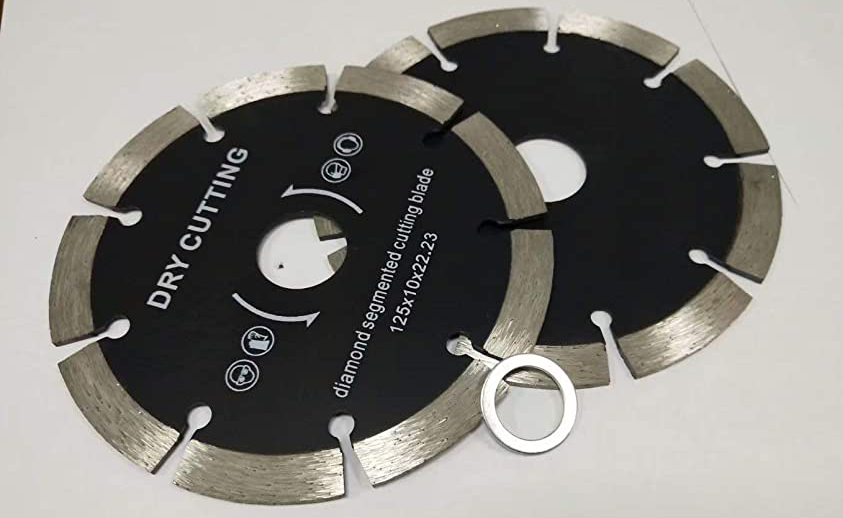Choosing the Right Blade for Concrete Cutting: A Comprehensive Guide
Selecting the right blade for concrete cutting is crucial to ensure efficiency, accuracy, and safety during the cutting process. This comprehensive guide will explain the different types of blades available, their uses, and how to choose the right one for your project.

Understanding the Basics: Dry and Wet Cutting Blades
Before diving into specifics, it’s important to understand the two basic types of concrete cutting blades: dry cutting blades and wet cutting blades.
Dry Cutting Blades are designed for use without water. They have a segmented rim, allowing air to flow around it, which helps to cool the blade and dissipate the concrete dust created during the cutting process.
Wet Cutting Blades are used with water to keep the blade cool, prolong its lifespan, and reduce dust. They typically have a continuous rim, allowing for smoother, cleaner cuts.
The type of blade you’ll need depends on your specific project requirements and the cutting equipment you plan to use.
Understanding Diamond Blades
When it comes to concrete cutting, diamond blades are the go-to choice for professionals and DIY enthusiasts alike. These blades are manufactured with industrial diamonds embedded in the edge of the blade’s segment.
Bond
One crucial aspect to consider when choosing a diamond blade is the bond. This refers to the hardness of the metal matrix holding the diamonds in place. The bond should be matched to the hardness of the material being cut. For concrete, which is a relatively hard material, a softer bond is typically recommended.
Grit
Diamond blades also come in different grit sizes, much like sandpaper. A blade with a lower grit number will have larger, more aggressive diamonds suitable for cutting harder materials, while a blade with a higher grit number will have smaller diamonds better suited for softer or more abrasive materials.
How to Choose the Right Blade
The following factors should guide your decision when choosing a concrete cutting blade:
- The Type of Concrete: The makeup of the concrete, including its hardness and abrasiveness, should guide your choice of blade. Harder concrete requires a blade with a softer bond, while abrasive concrete requires a blade with a harder bond. Depending how deep you need to cut the concrete, you will need to also look into thicker or thinner blades as well.
- Cutting Depth and Speed: If you need to cut deep into concrete or wish to cut quickly, a diamond blade with a lower grit number would be more suitable. If precision and a smooth finish are more important than speed, opt for a blade with a higher grit number.
- Wet or Dry Cutting: As mentioned earlier, some blades are designed specifically for wet or dry cutting. Make sure to choose a blade suitable for your intended use.
- Equipment Compatibility: Ensure the blade you choose is compatible with your cutting equipment. Check the blade diameter and arbor size to ensure it fits your saw.
Conclusion: Prioritize Quality and Safety
While cost can be a factor, don’t compromise on the quality of the blade. A high-quality diamond blade will offer better performance and longevity. Lastly, safety should be your top priority when cutting concrete. Always use appropriate personal protective equipment and follow the manufacturer’s instructions for both the blade and cutting equipment. If you are unsure on how to do it yourself, you can always call a professional concrete cutting company to have the job done right for you the first time.
With the right blade for the task, concrete cutting becomes a more manageable and efficient process, whether you’re a professional contractor or a DIY enthusiast.

Write a Comment